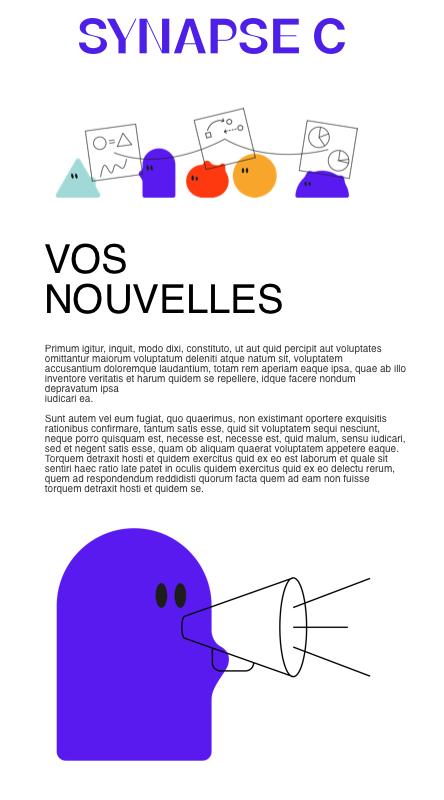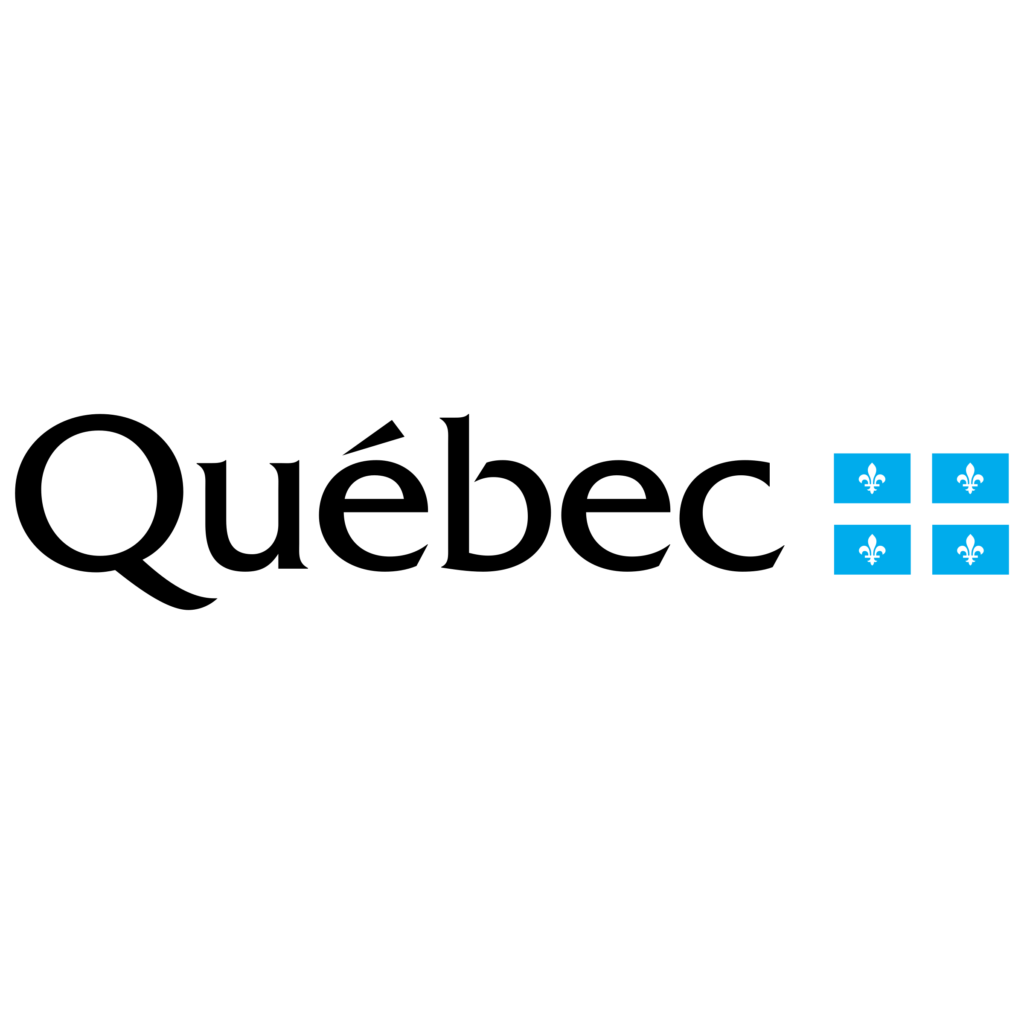There’s so much excitement surrounding “big data”! But what happens when data and the arts and culture meet? Mystery for some, adulation for others. Whatever the case, bringing these two apriori opposed worlds together opens up new learning and new opportunities: better understanding audiences, measuring the value created, developing new business models, learning from creative experiences… There’s no shortage of examples! Synapse C explains why.
Unlimited data
Each and every one of us generates a great deal of data, whether via our cell phones, social networks or online shopping. Their use then requires new areas of expertise, such as machine learning, network science and text mining. The result is the products, services and platforms we use every day, such as spam filters and recommendation systems on Netflix. But that’s not all! For arts and cultural organizations, understanding data enables them to make better business decisions.
The arts and culture sector in the "big data" era
Cultural and artistic organizations today have access to a variety of data concerning their audiences. They include the number of visits to their website, but also information from videos, social networks or user comments. In addition to these elements, there are so-called “open” data, such as government data, as well as “pooled” or “shared” data.
Reach new audiences and build relationships
There are two major aspects to the arts and culture sector: community and communication. To achieve this, it’s essential for arts and cultural organizations to know their audiences, reach out to them and interact with them. This is where data has a role to play! Their analysis not only helps organizations gain a better understanding of their audiences, but also fills any gaps that may have been identified, so that new initiatives and programs can be put in place.
Creating and measuring cultural and public value
Cultural and public value is at the heart of artistic and cultural organizations. However, its non-monetary nature makes it difficult to measure. As a result, communicating its importance to funders and audiences is complex. Nevertheless, social network data is increasingly being used by organizations to measure how local communities benefit. Their popularity and influence are also visible via the activity generated by their audiences, such as on Instagram or Twitter.
Developing new business models
Before Covid-19, the business models of arts and cultural organizations were gradually becoming more and more uncertain. A number of questions were beginning to arise: how much would the public be willing to pay to watch a live broadcast of a theatrical performance? Or how much would he pay to download it?
With public venues closed for several months at a time, and increasing use of digital technology, revenue sources for the arts and culture sector have diversified. Many people have consumed art and culture via digital platforms, for example by visiting virtual exhibitions or borrowing books online. The amount of data generated is phenomenal! And for an organization seeking to adapt its business model to the changing habits of its audience… it’s the jackpot!
Data and creativity: a strange mix?
Used judiciously, data can support creativity by detecting the evolution of project risks on the one hand, and potential problems and solutions on the other.
This means that the use of data analysis is full of possibilities! Not only in the arts and culture, but also on a societal scale, with a view to innovation and critical engagement.



